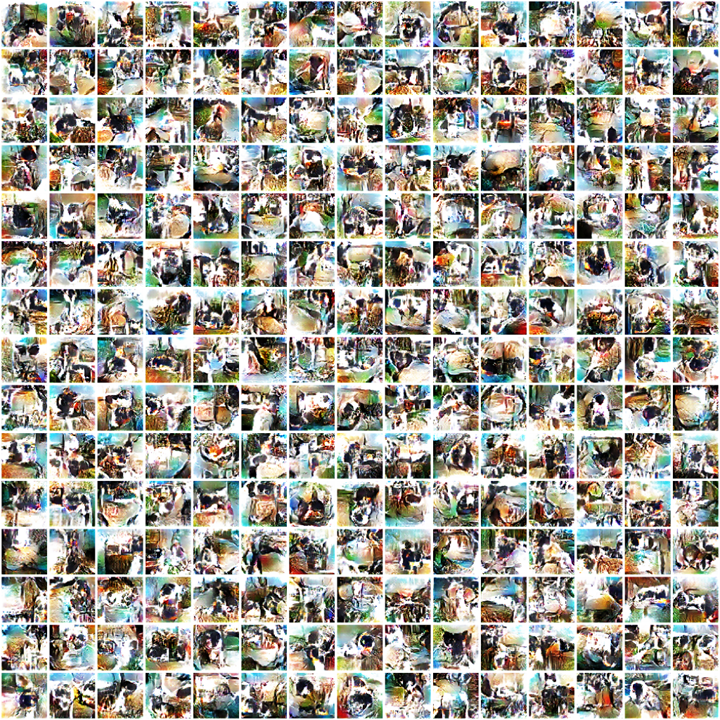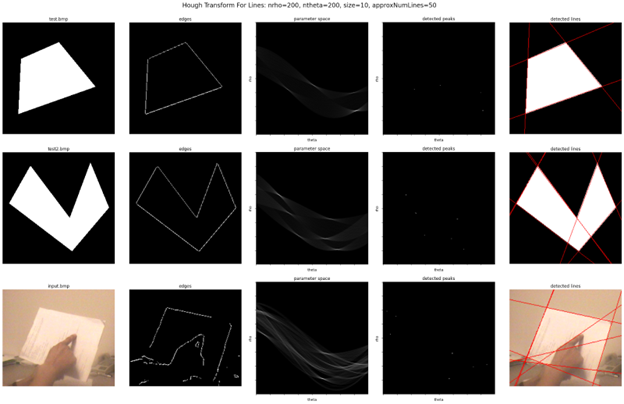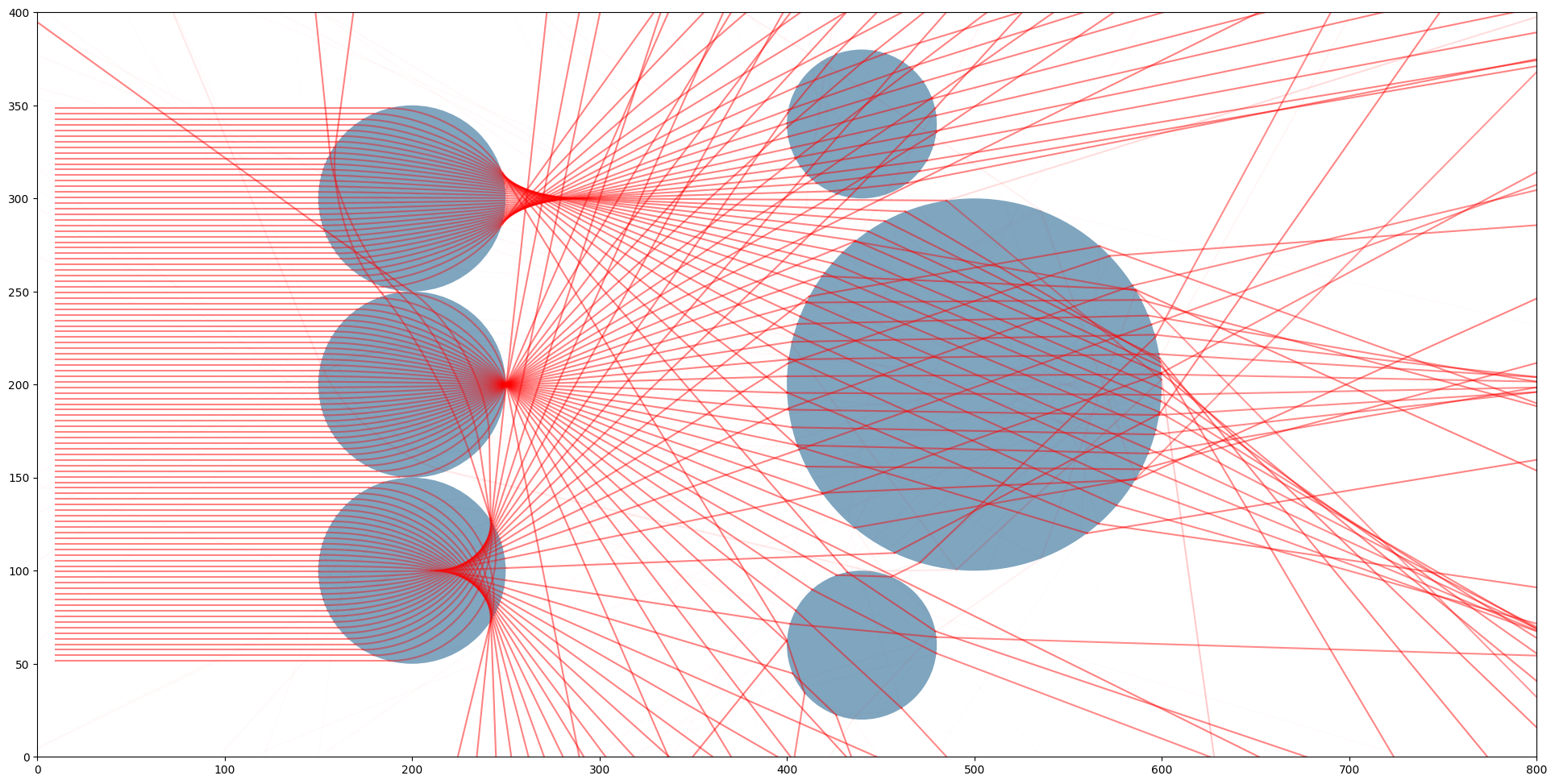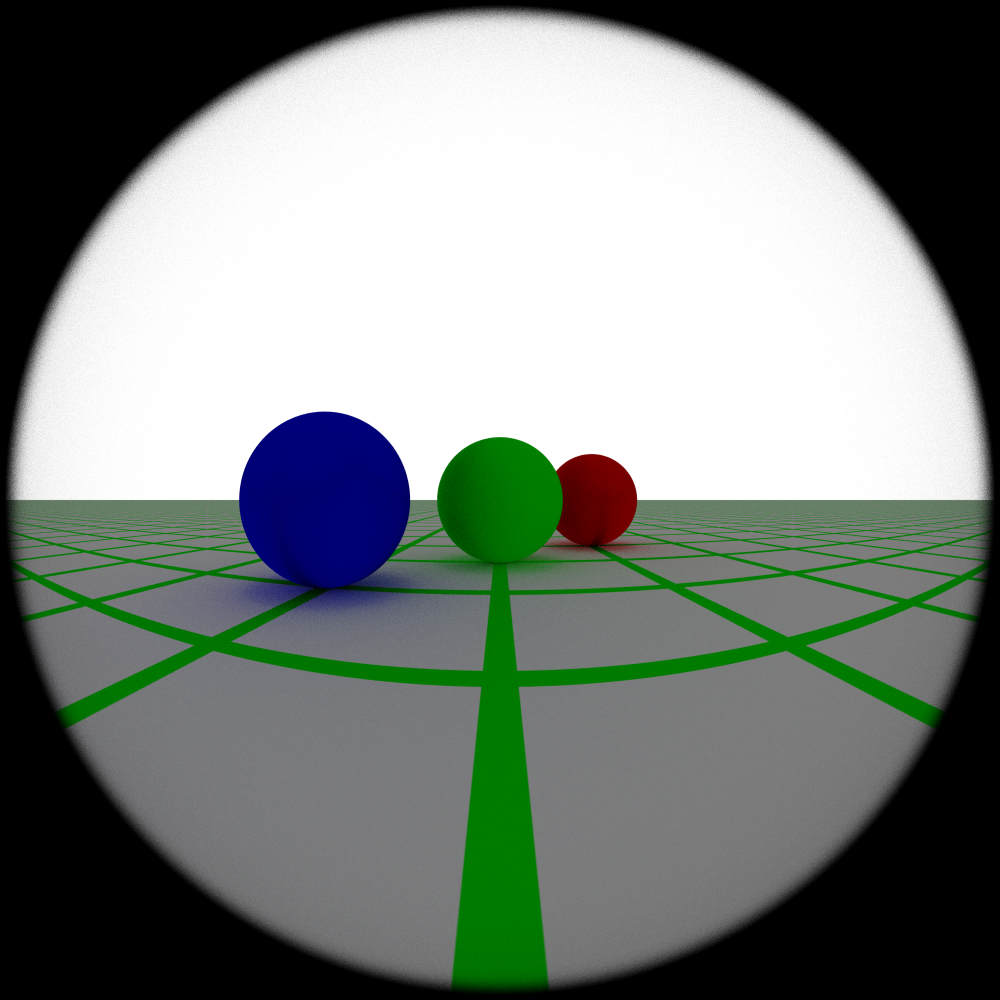Generative Adversarial Networks
The final project for my Deep Learning course completed in collaboration with Ben Fisk.
This project revolved around implementing Generative Adversarial Networks (GANs) to produce synthetic images which look visually similar to the training data. GANs are a type of generative deep model which aim to replicate training data by simultaneously training a generator and a discriminator. The two components of the GAN play a two-player mini-max game where the generator aims to trick the discriminator into believing its generated examples are part of the real dataset while the discriminator is trying to maximize its ability to correctly distinguish between real and fake data. For more information on how GANs work, I recommend reading the original paper by Goodfellow et. al. (2014).






